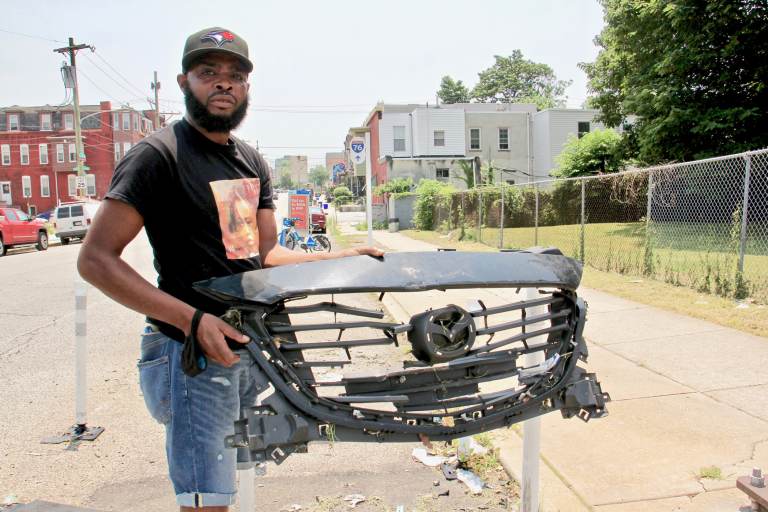The Hub 7/16/2021: Clean Air Council’s Weekly Round-up of Transportation News

“The Hub” is a weekly round-up of transportation related news in the Philadelphia area and beyond. Check back weekly to keep up-to-date on the issues Clean Air Council’s transportation staff finds important.
PlanPhilly: West Philly could be getting $13 million to improve deadly roadways that have been neglected for decades. The funds will go to four neighborhoods in West Philadelphia for traffic safety investments if the $715 billion INVEST in America Act becomes law.
CityLab: Transit ridership declined during the pandemic in cities across the world. Unoccupied transit seats in once crowded subway cars are the new normal in NYC, and experts say a boost in ridership is crucial before time runs out on federal funding.
The Inquirer: In many cities, highways have divided communities of color, including Chinatown in Philadelphia. A proposal in the new surface transportation bill, recently passed by the House, would provide $3 billion in grants each year for 5 years to help reconnect these neighborhoods.
The New York Times: For years, cities designed their transportation systems around rush-hour peak travel times. With more people working from home, cities should rethink how they build these systems and distribute their resources to accommodate non-peak commuters. This could leave more space for bike lanes and create a more equitable bus service.
Fast Company: Americans reported spending 50% less time with their neighbors from 1974 to 2014. A new book discusses how social interactions between neighbors are related to the volume of traffic, and heavier traffic pushes social activities from the front of homes to the rear.
Image Source: PlanPhilly

